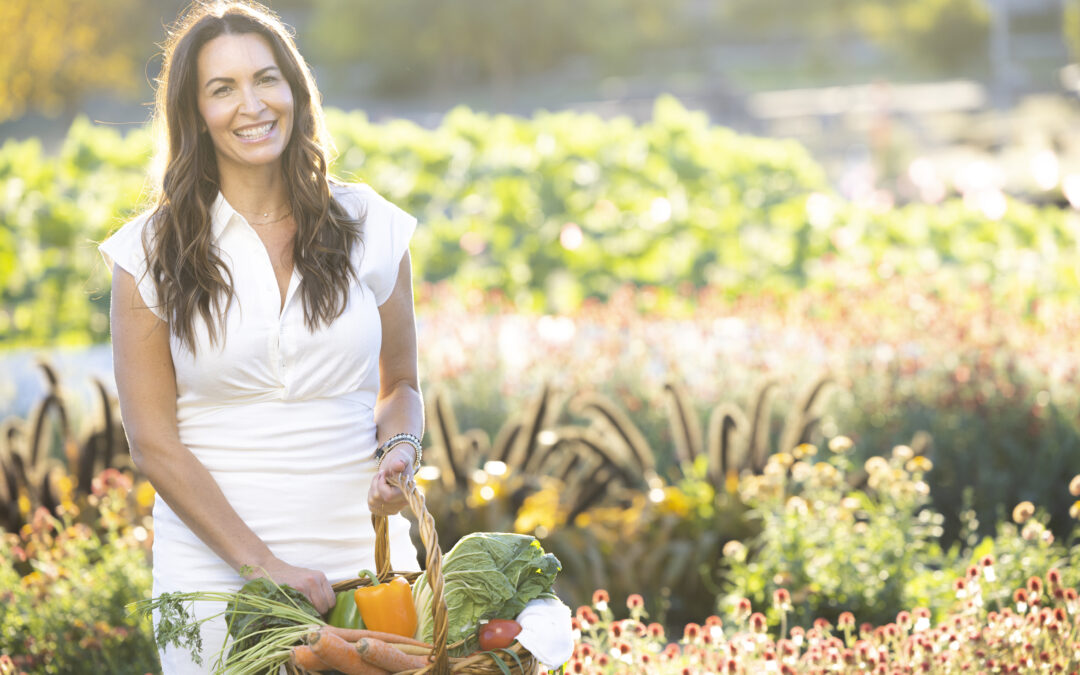As a “Modern Farmer”, my work revolves around creating harmonious ecosystems that deliver delicious and nutritious food in a sustainable and responsible manner. The heart of my work lies in the design, construction, and programming of Micro Farms, Chefs Gardens, and Market Gardens that serve the hospitality industry. By harnessing the principles of regenerative agriculture, I hope to transform the way we produce and consume food, and take these sustainable practices to the masses.
Regenerative Agriculture: A Primer
At its core, regenerative agriculture is about giving more back to the land than we take from it. It’s about rebuilding the soil’s organic matter and restoring degraded soil biodiversity, leading to improved carbon sequestration, water retention, and overall soil health. This results in increased crop yields and resilience against diseases and extreme weather conditions.
Regenerative agriculture practices include cover cropping, crop rotation, conservation tillage, and agroforestry, among others. These methods create symbiotic relationships among all elements of the ecosystem, enriching the soil, protecting the biodiversity, and even mitigating climate change.
Benefits of Regenerative Agriculture for the Hospitality Industry
The hospitality industry stands to reap substantial benefits from embracing regenerative agriculture. Here’s how:
Enhanced guest experience: A market garden would enhance the overall guest experience by providing a unique amenity that can be enjoyed by all guests. They could walk through the garden, pick their own produce or simply enjoy the beauty of the garden.
Unique and High-Quality Food Options: By growing a variety of heirloom and specialty crops, regenerative agriculture allows establishments to provide unique, high-quality food options that can differentiate their offerings and attract discerning customers.
Quality and Flavor: The nutrient-dense soil in regenerative farms produces high-quality, flavorful produce. This, in turn, contributes to enhanced taste and presentation of dishes, making them more appealing to guests and patrons.
Traceability: Customers today are more conscious about where their food comes from. With regenerative farming methods, establishments can confidently provide this information, enhancing trust and credibility.
Sustainability Credentials: By growing your own and sourcing from regenerative farms, businesses in the hospitality industry can contribute to a more sustainable food system. This helps them meet their sustainability goals, appeal to environmentally conscious consumers, and comply with increasingly stringent environmental regulations.
Educational and entertainment opportunities: A market garden can also serve as an educational and entertainment center for guests. The hotel could offer tours and classes on sustainable farming practices, gardening, and cooking. These activities could attract more visitors and differentiate the hotel from its competitors.
Health Benefits: Regeneratively grown foods are often more nutrient-rich due to the healthier soil they are grown in, leading to healthier menu options for customers.
Measurable Sustainability Outcomes
One of the greatest strengths of regenerative agriculture is its ability to deliver measurable sustainability outcomes.
Carbon Sequestration: Regenerative agriculture can draw down significant amounts of carbon from the atmosphere and sequester it in the soil. This helps mitigate the effects of climate change, and the results can be quantified to demonstrate a farm’s positive environmental impact.
Water Conservation: By improving the soil’s ability to retain water, regenerative agriculture reduces the need for irrigation, thus conserving water. Again, these savings can be measured and reported.
Biodiversity: Regenerative practices enhance the variety and number of life forms within the ecosystem, contributing to biodiversity. This can be tracked and reported as an indicator of ecosystem health and resilience.
Soil Health: By focusing on soil health, regenerative agriculture can increase the fertility and productivity of the land. Soil health can be measured using a variety of metrics, including organic matter content, microbial activity, and nutrient availability.
In a world grappling with the consequences of climate change and environmental degradation, regenerative agriculture offers a beacon of hope. As a modern farmer, my mission is to take this sustainable approach to the masses. By designing and implementing micro-farms, chefs gardens, and market gardens for the hospitality industry, I’m confident we can create a future where food is not just a necessity,


Everything is very open with a very clear description of the challenges. It was definitely informative. Your site is very useful. Thanks for sharing!